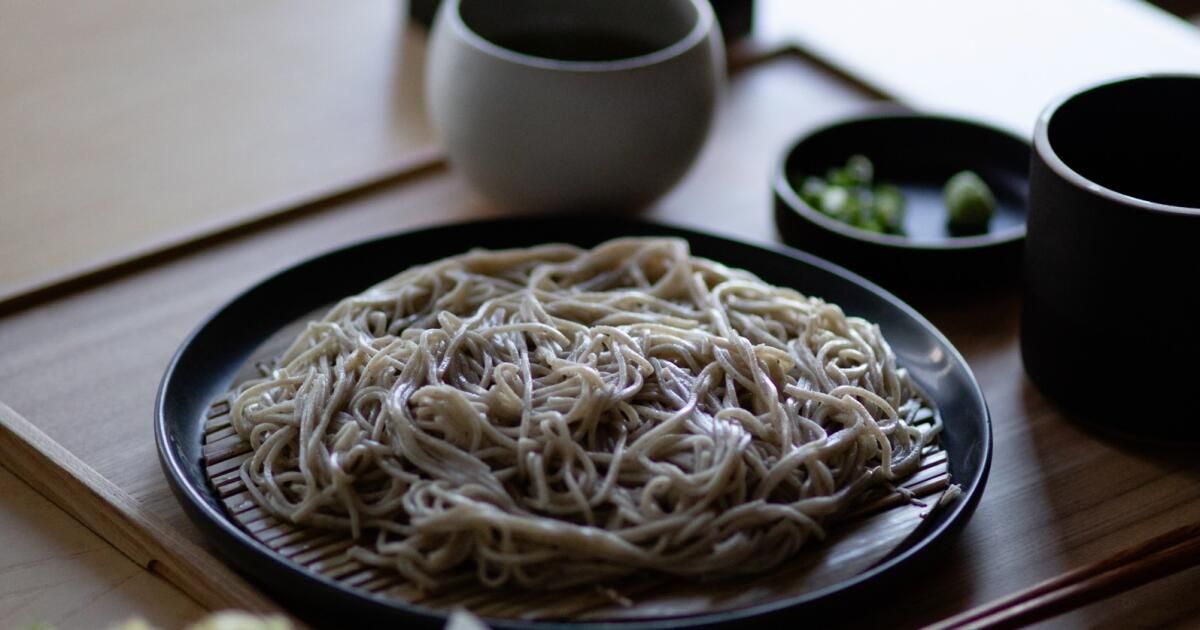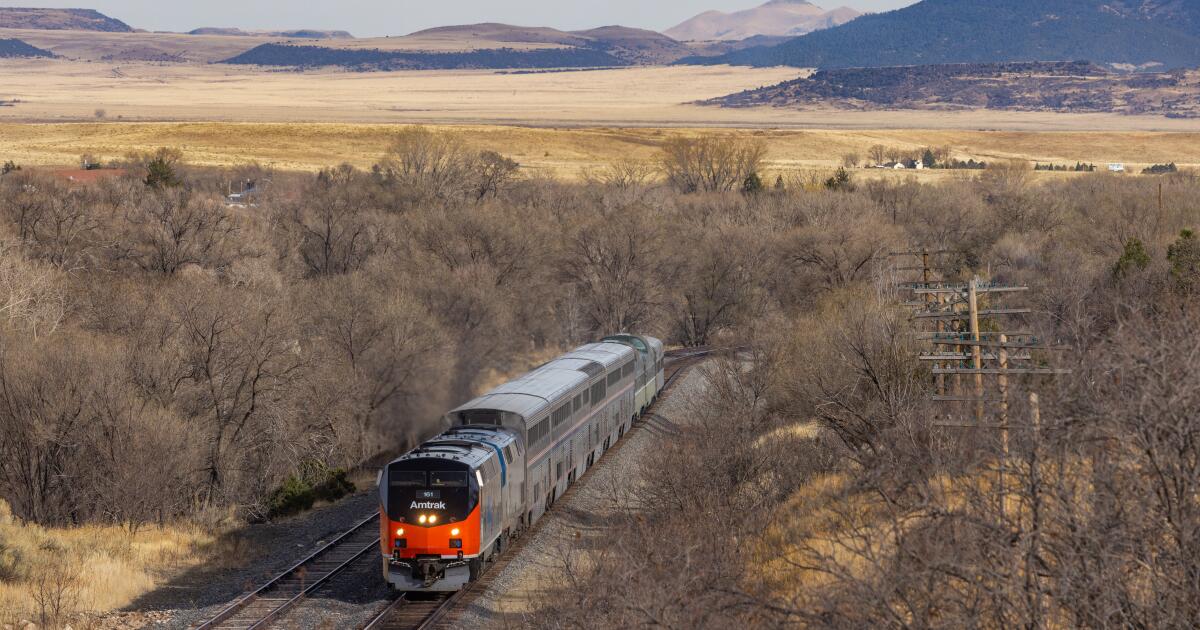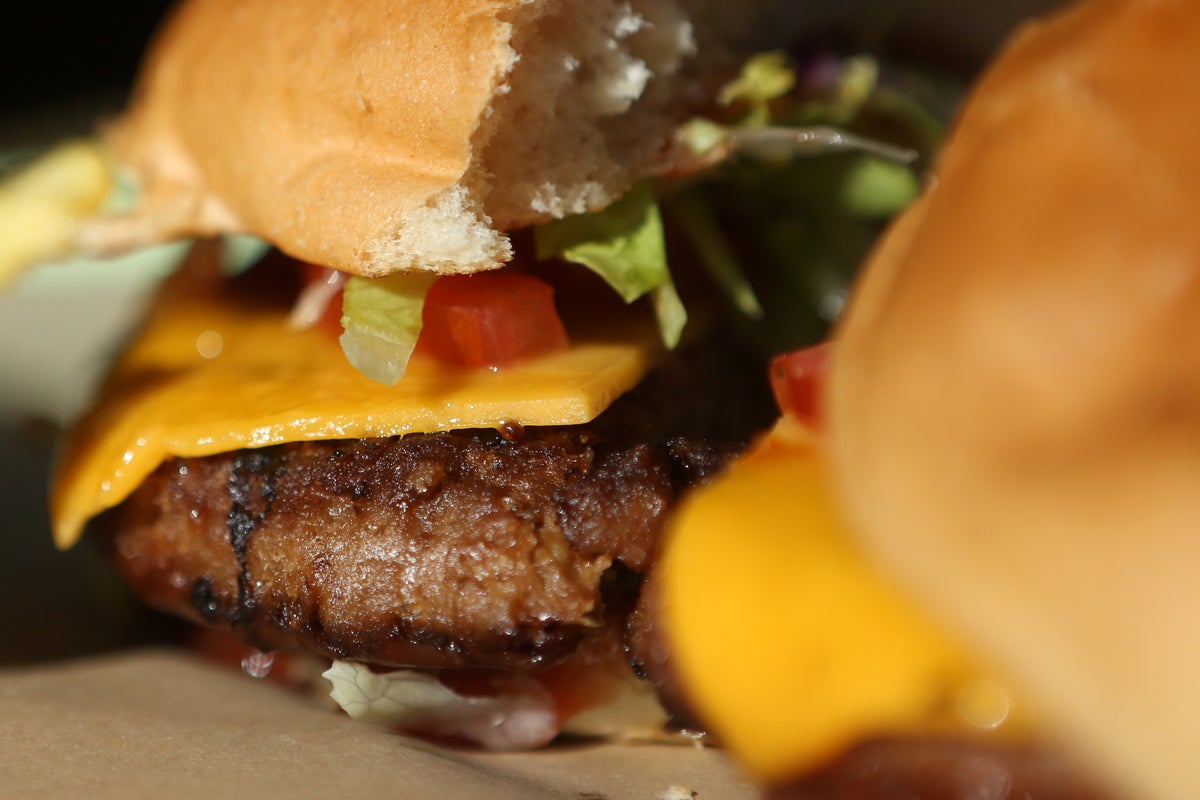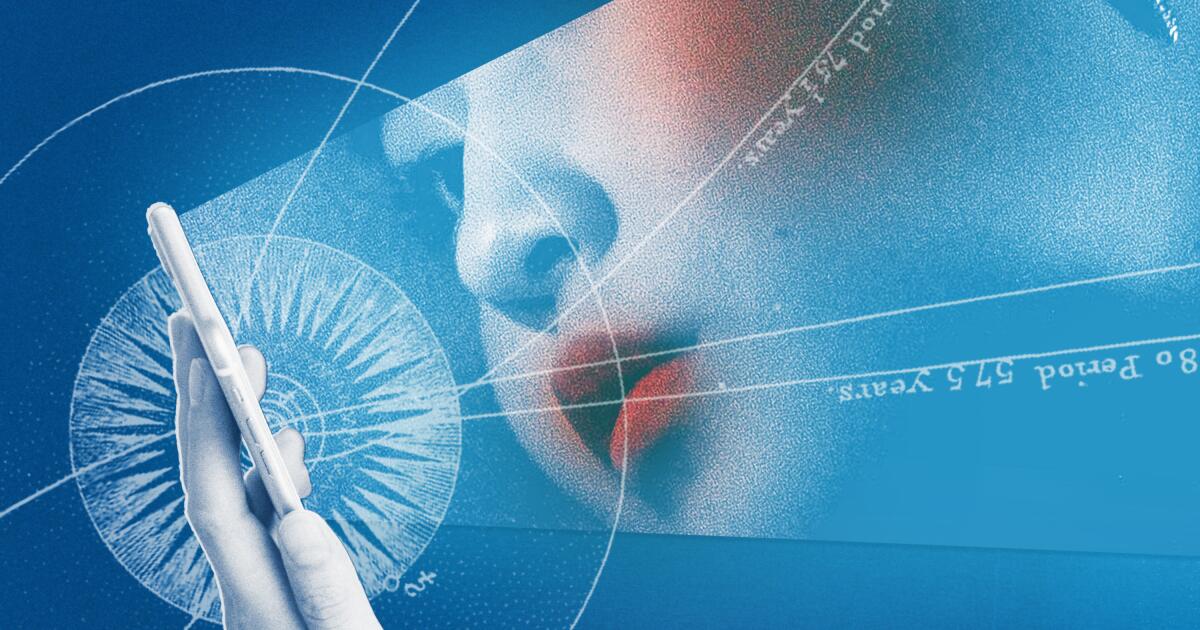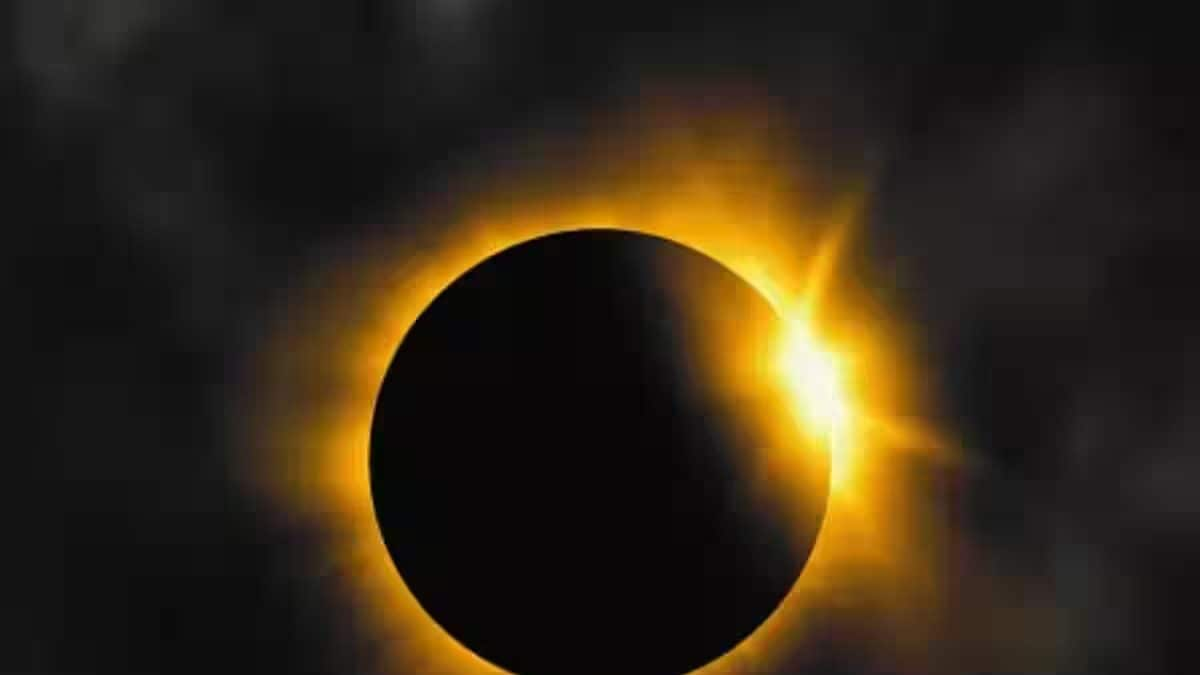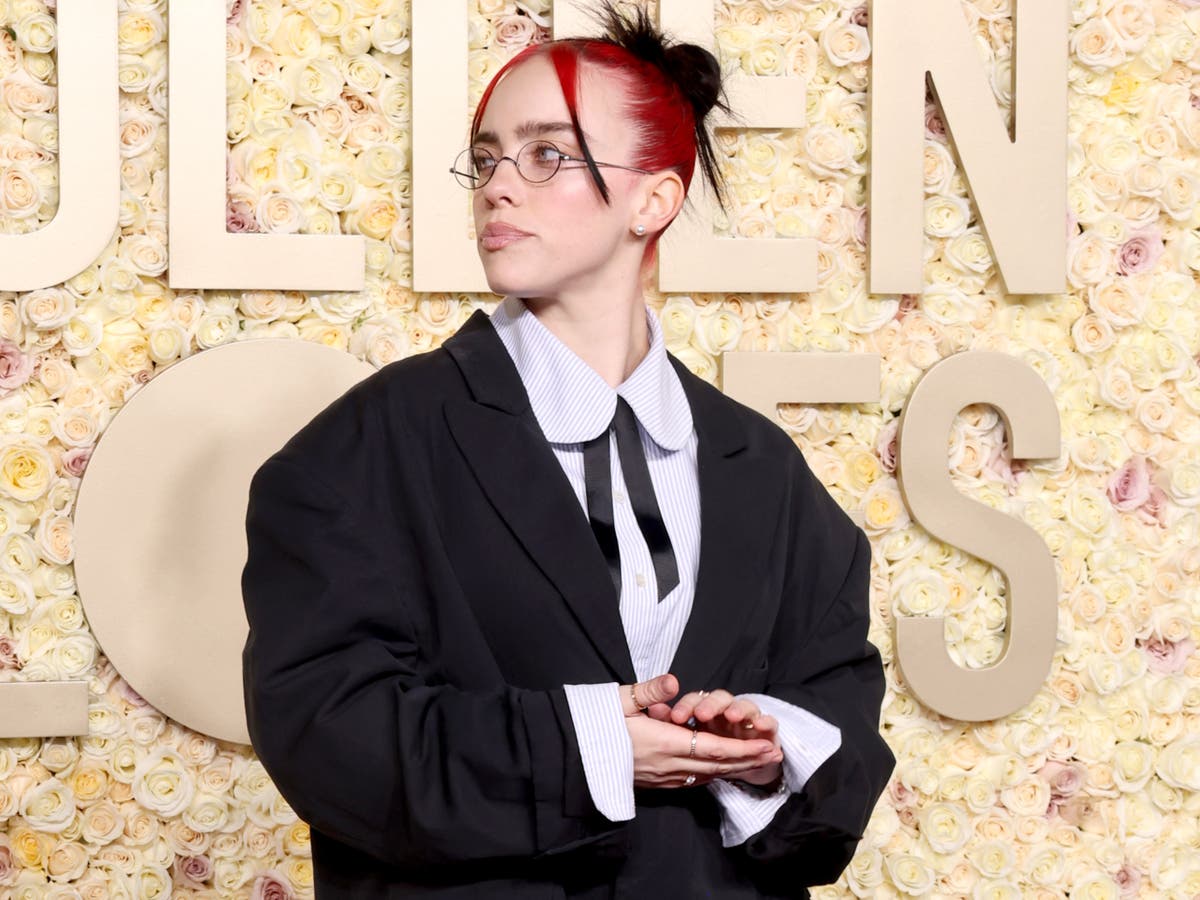“I’m going to tell you how to eat it.”
The woman behind the counter at Sobar, a cramped restaurant on the busy corner of Washington Boulevard and Centinela Avenue in Culver City, means business. My bamboo soba noodle strainer comes with a series of verbal instructions.
“First, try the noodles alone.”
She imitates picking up the noodles with chopsticks and eating them.
“Enjoy the noodles. Then, sprinkle some yuzu salt on a bite. Not all. Then try the matcha salt. Then you can dive in. OK?”
OK.
Sobar's menu focuses on Ju-Wari soba, a naturally gluten-free noodle made entirely from buckwheat flour and water. This is where you contemplate eating a humble tray of naked, speckled gray noodles for lunch. Is there enough in the chewy strands to captivate and satiate in a way that seems sufficient for a midday treat? There is.
“I see a lot of ramen restaurants here are very popular now,” says chef and owner Masato Midorikawa on a recent call. “I'm trying to expand soba culture more here in the United States.”
Midorikawa opened Sobar in August 2023 with the help of Shunji Nakao, with whom she worked at the Shunji restaurant.
Despite a handful of other soba specialists in the South Bay and Little Tokyo, Midorikawa believes soba is waning in popularity lately. The noodles can be difficult to make and the overall dish is not as appealing as a steaming bowl of hot broth packed with sliced pork, eggs and vegetables.
With efficiency and consistency in mind, he and a partner in Japan developed a machine to make fresh Ju-Wari noodles, a specific, pure form of soba.
“It takes a specially trained chef to make real Ju-Wari soba,” he says. “This is the first time a noodle machine has been made to make Ju-Wari.”
Soba noodles made at Sobar in Culver City.
(Knead)
Midorikawa mixes water and buckwheat flour every morning, and each tray of noodles is made to order. They are denser and more brittle than soba made with wheat flour. The deep, earthy flavors are more intense.
Yuzu salt has a citrus sheen. Matcha salt is pale green and subtly herbaceous. The first bite with a hint of yuzu clicks immediately, the salt drawing out and magnifying the nutty flavor of the buckwheat.
“We make matcha and yuzu salts here,” says Midorikawa. “Eating soba with salt is my favorite style, but not many people know that.”
I do what they tell me. Only after tasting both salts do I pay attention to my dipping sauce.
The noodles that accompany kamo negi soba are like thin, flat fettuccine. I stir them into the hot cup of soy and dashi, then slurp down the noodles as they drip onto the counter on their way to my mouth. There is no elegant way to eat this. I wipe my chin with the napkin.
My dinner companion's noodles are thinner and rounder. He dips them in a cup of tsuyu, a cold broth made with katsuo dashi, soy sauce, scallions, and wasabi. His portion of the countertop is equally dotted with drips of broth.
I recommend focusing on the soba, but there is plenty on the menu to make a more elaborate meal. Kakiage in particular is the preferred fried addition to a tray of noodles. It's served as a tangled cylinder of fried shrimp and onions, like a miniature version of Tony Roma's old onion ring buns.
After a few minutes, we push aside the dipping sauces and return to the salts, longing for the pure flavor of buckwheat and drier jowls.
Where to get your soba fix
Sobar, 12404 W. Washington Blvd., Los Angeles, (310) 439-1029, sobar-usa.com

